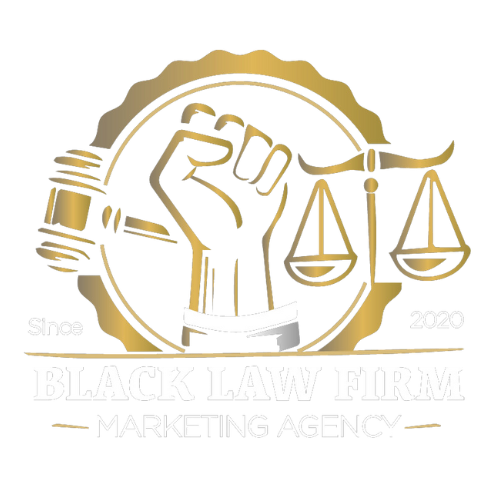Giving as a lifestyle and Legacy
This is the time of year we are encouraged to think philanthropically. We are used to seeing the red kettle in from of the stores for Salvation Army. November and December are the most popular months for giving according to the statistic.
A standard part of our estate planning discussion is to ask the question about giving the client is interested in giving charitably. We spend a lot of time discussing ways to deter taxes with the use of charitable giving tools. We also encourage people who have spent their life giving to provide future support to the same organizations.
One of my greatest joys is seeing the legacy of charitable giving as a taught to the younger generations. We truly teach by our actions. Many people give to their churches and alma maters as a normal course of action during their lifetimes. I believe if everyone who typically gave charitably gave as a component of their estate plan, the community organizations and churches would lack nothing. However, less than half of the American population even have an estate plan. Only 30% of the African American community has an estate plan.
One of the women that I had the opportunity to work with shared with me the family credo, “If any of the siblings had a need, all of the siblings shared the need.” Collectively as a family they provided financial support that was systematic and compassionate for their immediate family members. They strategically planned for the housing and educational needs of their family members.
The commitment was that they would pool resource to make sure that the family members were supported. This sense of community within the family reinforced values of family supporting one another. It also provided a communication system. Too often we find out that a family member is in a perilous financial situation when it is too late to turn around.
I am a subscriber to Shirley Chisholm’s statement that “service is the rent we pay for living on this earth”. That service can be in giving of our time, talent and treasure. I also believe that good stewardship requires that we are thoughtful and strategic in our giving. While we do not giving only for the tax benefit but in support of a mission, if the tax benefit allows us to give in a greater way we should take every benefit available.
Gifting and charitable giving should be done with the benefit of counsel to maximize your outcomes. Your financial advisor, accountant and lawyer can support you to establish charitable trusts, donor advised funds as well as take advantage of any tax opportunity that exists. There are considerations that I encourage people to ponder when making an estate plan. For example, Maryland has estate and inheritance taxes when giving to nonimmediate family members. However, gifting during your lifetime affords you a tax-free gift exclusion of $15,000 per person.
Charitable giving has been impacted with the standard deduction doubled as a result of the Tax Cuts and Jobs Act of 2017. The concept of bundling the charitable enables you to make a larger donation in a single year versus spreading smaller donations across several years. This is worthwhile from a tax perspective, even if you are already able to itemize. That’s because only the amount you itemize that’s above the standard deduction makes a difference; anything below goes to ‘waste’ since you would have deducted up to that amount anyway.
Bundling your donations into a single year allows you to take full advantage of the ‘free’ standard deduction amounts in other years, while more fully benefitting from your itemized deductions in the year you take them.
But you must realize that you may only deduct donations up to 60% of your adjusted gross income if you are donating cash, and up to 30% if you are donating securities.
There is much that can be done to be charitable and create the greatest advantage for all involved. Let’s work together to strengthen our communities and create legacies.


